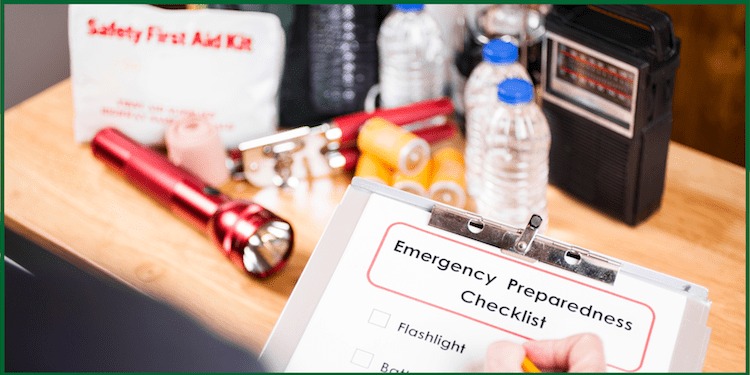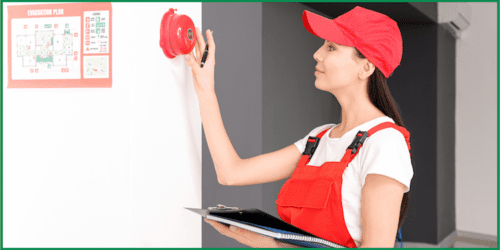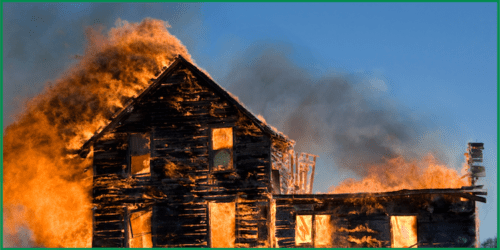Health safety and Emergency preparedness have become more critical in today’s fast-paced world. With the constant risk of unforeseen health emergencies and natural disasters, it is crucial to be well-prepared and informed about staying safe and healthy.
This article will discuss various health safety and preparedness aspects, including tips for creating a safety plan, maintaining good health, and emergency preparedness.
1. Creating a Safety Plan:
One of the first steps to ensuring health safety and emergency preparedness is to create a comprehensive safety plan for yourself and your family. Such a safety plan should include emergency contact information, evacuation routes, and a designated meeting point in case of separation during an emergency.
Also, having a well-stocked first aid kit at home and in your car is essential, including basic but essential items such as bandages, antiseptic wipes, and over-the-counter medications.
2. Maintaining Good Health:
Staying healthy is a critical component of situation preparedness. It includes eating a balanced diet daily, getting regular fitness training, and staying up-to-date with vaccinations and health screenings.
More so, Good hygiene techniques, such as washing hands frequently and properly storing and preparing food to prevent foodborne illnesses, are also essential.
By maintaining good health, you can better withstand the health challenges, both mental health and physical health, that may arise during an emergency.
3. Emergencies Preparedness:
In addition to having a safety plan and maintaining good health, it’s essential to stay prepared for potential emergencies, including staying informed about the types of emergencies that are common in your area, such as hurricanes, earthquakes, or wildfires, and taking steps to mitigate their impact which may involve securing your home, creating an emergency supply kit with essentials such as clean water, non-perishable food, and a flashlight, and staying informed about local emergency alerts and warnings.
Prompt and effective response to a health emergency involves learning basic first aid and CPR and recognizing when to seek professional medical assistance.
Having a clear understanding of the emergency services available in your area can also be crucial in a time of need.
Bottomline
Health safety and preparedness are essential to maintaining a secure and healthy lifestyle. By creating a safety plan, maintaining good health, and preparing for emergencies, you can better protect yourself and your loved ones in the face of unforeseen challenges. Remember, being informed and proactive is critical to staying safe and healthy.
Do you enjoy this reading? Kindly share with family, friends, and colleagues. Thanks! 🙂



